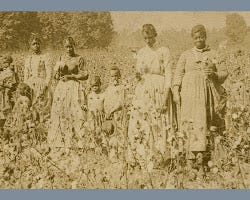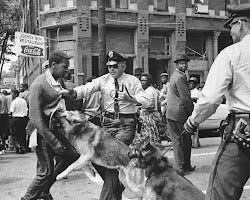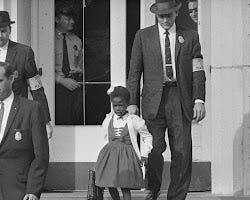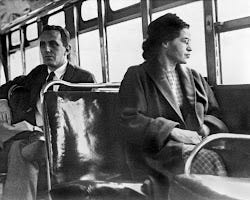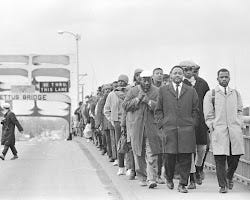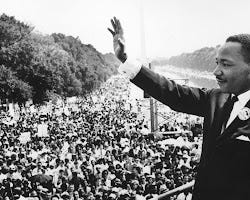George Junius Stinney Jr. was a 14-year-old black boy who was wrongfully convicted and executed for the murders of two white girls in Alcolu, South Carolina in 1944.
Stinney was arrested on March 24, 1944, two days after the bodies of Betty June Binnicker, 11, and Mary Emma Thames, 7, were found beaten to death with a railroad spike. Stinney was the last person to see the girls alive, and he confessed to the murders after being interrogated by police for hours without his parents or a lawyer present.
Stinney's trial lasted only one day. The jury, which was all white, deliberated for only 10 minutes before finding him guilty and sentencing him to death. Stinney was executed by electric chair on June 16, 1944, becoming the youngest person to be executed in the United States in the 20th century.
There is no physical evidence linking Stinney to the murders, and his confession was widely believed to have been coerced. In 2014, a judge vacated Stinney's conviction and ordered a new trial, but the state of South Carolina declined to retry him.
Stinney's case is a reminder of the injustice that African Americans faced in the Jim Crow South. He was a victim of racism and prejudice, and he was denied a fair trial. His story is a tragedy, but it is also a reminder of the progress that has been made in the fight for racial equality.
In 2020, a documentary film called "83 Days" was released about Stinney's case. The film explores the circumstances of the murders, Stinney's trial, and the efforts to exonerate him. It is a powerful reminder of the injustice that Stinney faced, and it is a call for justice for all victims of wrongful conviction.
United States Justice Department on the George Junius Stinney Jr., Case
In 2014, the United States Justice Department issued a statement about the case of George Junius Stinney Jr., the youngest person to be executed in the United States in the 20th century. The statement said that Stinney's conviction was "deeply flawed" and that "the available evidence strongly suggests that he was wrongfully convicted."
The statement also said that the Justice Department was "deeply troubled" by the fact that Stinney was executed at such a young age. "The execution of a child is a grave injustice," the statement said. "It is especially troubling when the child is convicted on the basis of a coerced confession and without the benefit of a fair trial."
The Justice Department's statement was a significant step in the fight for justice for Stinney. It acknowledged the flaws in his conviction and called for a new investigation into his case. In 2018, a judge vacated Stinney's conviction and ordered a new trial, but the state of South Carolina declined to retry him.
Stinney's case is a reminder of the injustice that African Americans faced in the Jim Crow South. He was a victim of racism and prejudice, and he was denied a fair trial. His story is a tragedy, but it is also a reminder of the progress that has been made in the fight for racial equality.
The Justice Department's statement about Stinney's case is a welcome step in the right direction. It is a recognition that Stinney was wrongfully convicted and that his execution was a grave injustice. The statement is also a call for further investigation into Stinney's case and for justice for all victims of wrongful conviction.
In addition to the Justice Department's statement, the documentary film "83 Days" also raises awareness of Stinney's case. The film explores the circumstances of the murders, Stinney's trial, and the efforts to exonerate him. It is a powerful reminder of the injustice that Stinney faced, and it is a call for justice for all victims of wrongful conviction.
Summary
"George Junius Stinney Jr. and '83 Days': Becoming the Youngest Person to be Executed in the United States" covers the heart-wrenching story of George Stinney Jr., a 14-year-old African American boy, who holds the grim record of being the youngest person executed in the United States in the 20th century.
In 1944, Stinney was accused of murdering two white girls in Alcolu, South Carolina. The legal procedures that followed were marked by numerous controversies and due process violations. Stinney was hastily tried by an all-white jury, and the trial lasted merely a few hours with minimal presentation of evidence. He was found guilty and sentenced to death by electric chair, all within '83 days' of his arrest.
This tragic story underscores the deep-seated racial prejudice and systemic injustice that was prevalent in the American judicial system, particularly in the Jim Crow South. It serves as a stark reminder of the need for continued efforts towards ensuring equality and justice for all.




